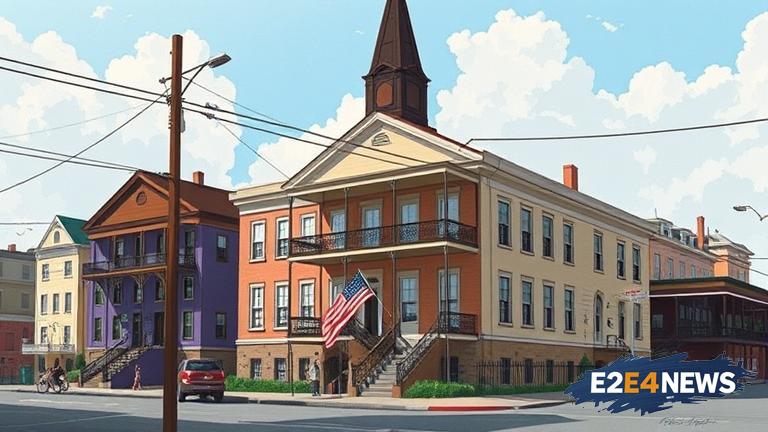It has been 20 years since Hurricane Katrina ravaged the city of New Orleans, leaving a trail of destruction and devastation in its wake. The storm’s impact on the city’s education system was particularly severe, with many schools destroyed or severely damaged. However, in the aftermath of the disaster, a unique opportunity arose for reform and innovation. The state of Louisiana took control of the city’s schools, and a radical experiment in charter reform was launched. Today, New Orleans is home to one of the largest charter school systems in the country, with over 90% of students attending charter schools. The results have been mixed, with some schools achieving remarkable success and others struggling to make the grade. Despite the challenges, many educators and policymakers believe that the charter reform movement has been a key factor in the city’s education revival. The reform effort has been driven by a combination of factors, including a desire to increase accountability, improve academic performance, and provide more choices for parents and students. One of the key players in the reform effort has been the New Orleans Redevelopment Authority, which has worked to revitalize the city’s education infrastructure. The authority has invested millions of dollars in new school construction and renovation projects, creating state-of-the-art facilities that are designed to support innovative teaching and learning. Another important factor has been the role of non-profit organizations, such as the New Orleans Charter Schools Association, which has provided support and resources to charter schools across the city. The association has worked to promote collaboration and best practices among charter schools, and has helped to establish New Orleans as a hub for education innovation. Despite the progress that has been made, there are still many challenges facing the city’s education system. One of the biggest concerns is the issue of equity, with some critics arguing that the charter reform movement has exacerbated existing inequalities. There are also concerns about the lack of accountability and oversight, with some schools facing criticism for their handling of finances and student discipline. However, many educators and policymakers believe that the benefits of the charter reform movement outweigh the drawbacks. They point to the fact that New Orleans students are now outperforming their peers in other parts of the state, and that the city’s high school graduation rates have increased significantly. They also argue that the charter reform movement has helped to create a more diverse and vibrant education ecosystem, with a wide range of schools and programs to choose from. As the city looks to the future, it is clear that the charter reform movement will continue to play a major role in shaping the education landscape. With its unique blend of innovation, experimentation, and community engagement, New Orleans is poised to remain at the forefront of education reform for years to come. The city’s experience also offers valuable lessons for other urban school districts, which are facing similar challenges and opportunities. By studying the successes and challenges of the New Orleans charter reform movement, educators and policymakers can gain a deeper understanding of the complex factors that shape urban education, and develop more effective strategies for improving student outcomes. In the end, the story of New Orleans’ schools is one of resilience, determination, and innovation. Despite the many challenges that the city has faced, its educators, policymakers, and community leaders have worked tirelessly to create a better future for its students. As the city looks to the next 20 years, it is clear that the charter reform movement will remain a key part of its education landscape, driving innovation, improvement, and excellence in the years to come.
